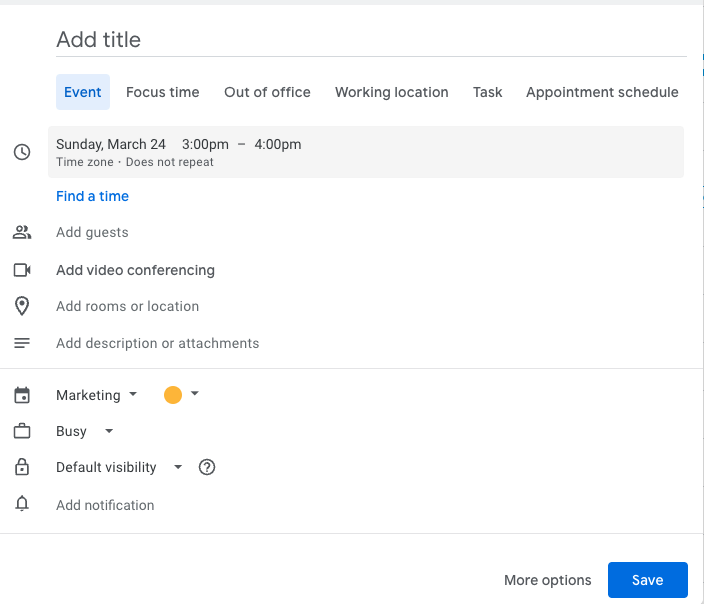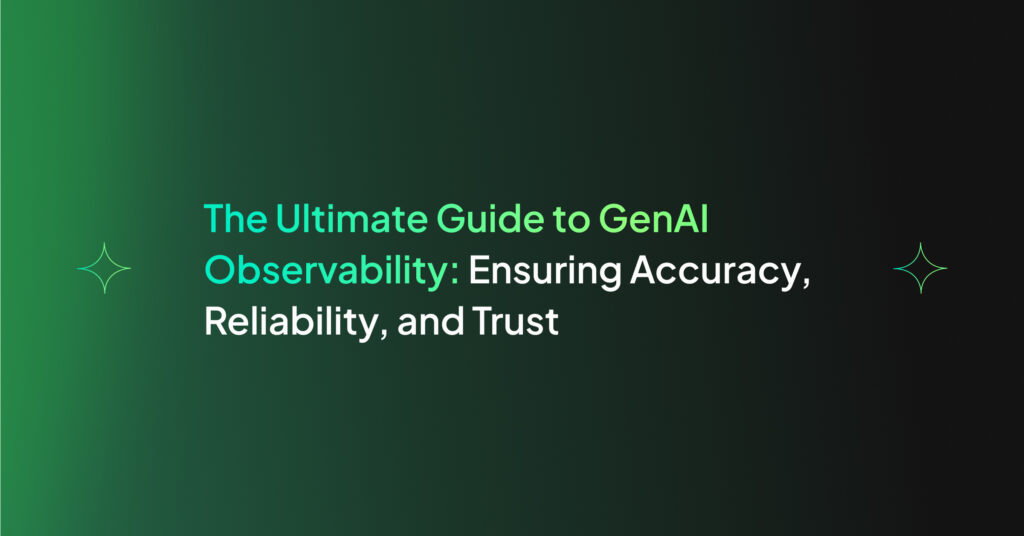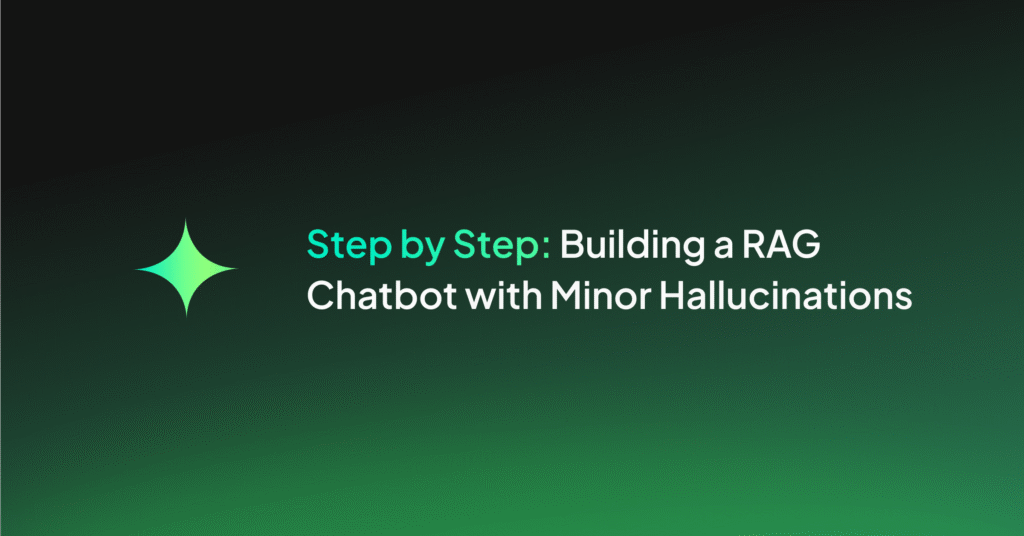Product Managers — You Need ZERO Engineers to Prove That an AI App Can be Built

Integrating artificial intelligence (AI) features has become a hallmark of innovation in product development. Product managers, often the architects of these advancements, constantly seek ways to enhance their products through AI. However, proving the feasibility of AI features typically involves collaboration with engineers. But what if we told you that as a product manager, you could kickstart the AI journey without relying on engineering support?
This article aims to empower product managers with a comprehensive guide on independently envisioning, structuring, and validating AI features—no engineers required. Following a three-step approach, we’ll explore product entities, structured data extraction, and the magic of AI summarization.
So let’s get started!
Step 1: List Your Product Entities
Product entities serve as the foundational elements of a product, encompassing components like events, tasks, and notes. Product managers need to determine these entities and their attributes as they generate and validate product concepts. By cataloging these entities and their properties, product managers can extract structured data from textual or visual properties and enhance the entities by incorporating additional properties derived from the existing ones.
Let’s consider a practical example to make this simple. Take, for instance, the “Event” entity in a widely used tool like Google Calendar. This entity encompasses properties such as title, description, and participants. Imagine the wealth of information within these properties.

- Title: What insights can be derived from event titles?
- Description: How can the details within event descriptions be harnessed?
- Participants: What valuable data can be extracted from the list of participants?
By answering these questions, you not only identify structured data within text-based properties but also pave the way for enriching these entities further. The properties of an entity act as the raw material, and it’s the product manager’s role to leverage this material to create innovative AI features.
Remember that within the properties of your product entities lies the key to proving that AI features can be built autonomously.
Step 2: Structure & Enrich
The second step in proving the feasibility of AI features is to structure and enrich the identified product entities. This involves a detailed exploration of each product entity, including extracting structured data from text-based or image-based properties and improving entities with additional properties based on existing ones.
Detailed Exploration of Each Product Entity
- Extracting Structured Data: Product managers should focus on extracting structured data from each entity’s text-based or image-based properties. This step is essential for organizing the data in a format suitable for AI processing and analysis.
- Enriching Entities with Additional Properties: After extracting the structured data, the next step is to enrich the entities with additional properties based on the existing ones. This enrichment process enhances the depth and quality of the data associated with each entity, laying the foundation for integrating AI-based features.
Example Use Case with ChatGPT
- Select a Sample of Entities for Experimentation: Product managers can choose a sample of entities from their product for experimentation. This sample should represent a diverse range of entities to ensure comprehensive testing.
- Leverage ChatGPT for Data Extraction: ChatGPT can be leveraged to extract and process the data from the selected entities. Its natural language processing capabilities make it valuable for understanding and structuring unprocessed data.
- Use the Extracted Data for AI-Based Analytics: The data extracted and structured using ChatGPT can be utilized for AI-based analytics. This can include sentiment analysis, trend identification, or predictive modeling based on the enriched data.
Potential for Defining New AI-Based Features
- AI-Based Analytics: The structured and enriched data sets the stage for implementing AI-based analytics. This can lead to valuable insights and actionable intelligence derived from the product’s data.
- Field Auto-Suggestions: The enriched entities can also enable the creation of field auto-suggestions, where the product can intelligently recommend or complete data fields based on the enriched properties of the entities.
The process of structuring and enriching product entities is fundamental to the successful integration of AI features. It sets the groundwork for leveraging AI to extract valuable insights and enhance the product’s capabilities. By following this approach, product managers can effectively demonstrate the potential of AI integration without immediate engineering involvement.
Step 3: Summarize
The strategy of converting product entities into prompts for Language Models (LMs) proves to be a potent tool, harnessing the capabilities of AI to generate insightful summaries. By presenting entities in a textual format and allowing LMs to process and summarize them, product managers gain valuable insights into the potential of AI-driven summarization.
Examples of converting entities to a textual format for summarization include:
- Streamlined Process: The conversion of entities into a textual format for summarization is straightforward. Product managers can present relevant information clearly and structure, ensuring easy digestibility for the LM.
- Demonstrating LM Effectiveness: Language Models like ChatGPT exhibit notable proficiency in summarizing textual content. Product managers can observe the LM’s ability to generate coherent and informative summaries by providing well-structured prompts.
These findings highlight the increasing significance of AI in product management and emphasize the necessity for a deliberate approach to its integration.
Step 4: Add AI Evaluators
Implement AI evaluators to mitigate risks to your generative AI app. This way you can seamlessly protect your user experience and brand reputation without needing extensive engineering support.
These risks are inherent to the LLMs, and range from offending or harming your users to offsetting your chatbot’s intended business goal and leaking sensitive information. According to a recent market report over 89% of AI practitioners mentioned that their AI experienced hallucinations. This more than emphasizes the need for more control over AI. Evaluators offers an easy fix to these performance risks and ensures alignment with business KPIs and customer needs.
Another quick tip:
- Use tools such as Vercel AI Playground instead of ChatGPT to evaluate the capabilities of language models in extracting and summarizing data effectively. Find the best language model to fit your and your feature’s needs.
By adhering to these guidelines, product managers can establish a foundation for developing AI features and apps, showcasing the intrinsic value of AI integration within their products.
Industry Insights
- Forbes highlights the role of generative AI in aiding product managers to formulate initial solution ideas—a low-risk activity particularly beneficial for risk-averse teams.
- Product managers are advised to prioritize technical feasibility and align AI features with the product’s strategic roadmap and user impact.
- The surge in AI product management has increased demand for professionals with a profound understanding of AI concepts and the ability to define clear product roadmaps for AI projects.
Final thought
By following this structure you can develop a concept and put it to proof without depending on engineers. However, this doesn’t mean that engineers are entirely not needed during the process, but it does mean that there is a simpler path for product managers to have more control over AI development.
Mitigate AI Risks with Coralogix AI Evaluators
As mentioned above implementing AI evaluators to keep your LLM-based app’s interaction in check and on point is key in your zero engineer journey. Coralogix AI Evaluators are designed for easy integration – layered between your user interface and RAG/LLM engine.
No matter your industry or your product, evaluators proactively safeguards your AI app in real time. With AI evaluators you gain:
- Hallucinations mitigation
- Prompt injection prevention
- Data leakage prevention
- Prompt leakage prevention
- Off-topic detection
- Profanity prevention
- LLM cost tracking
Coralogix’s Evaluators are designed to help you navigate AI risks in product management.




